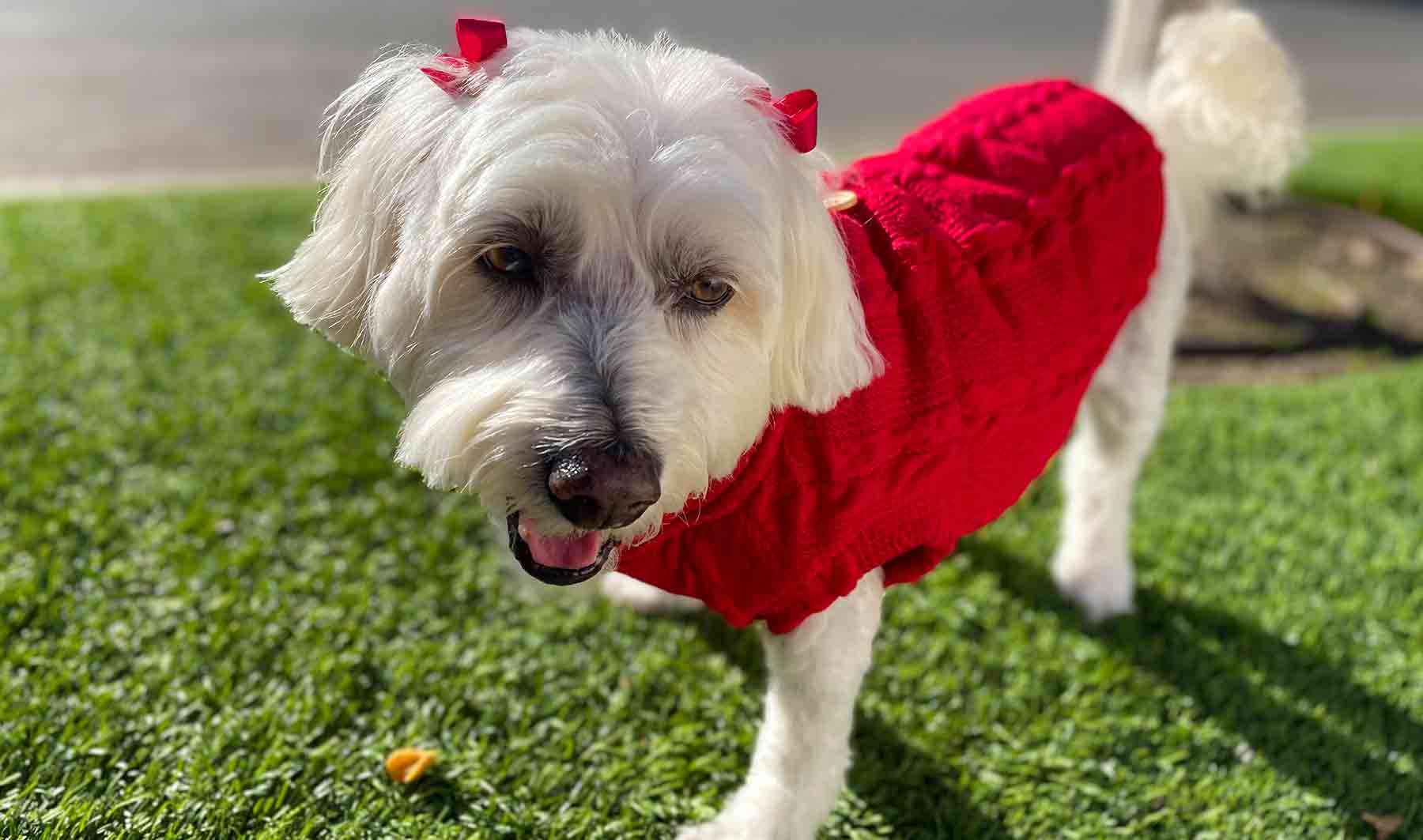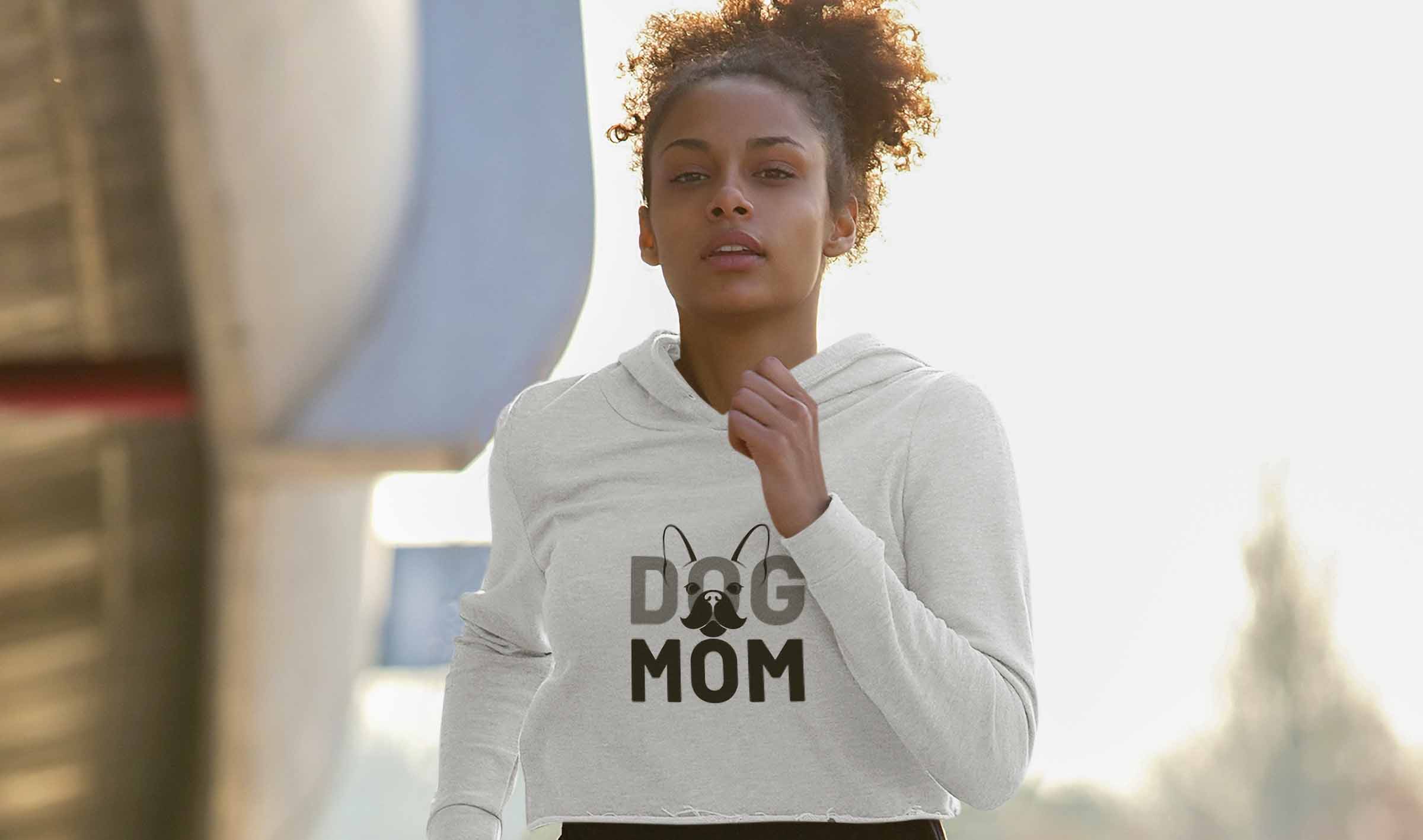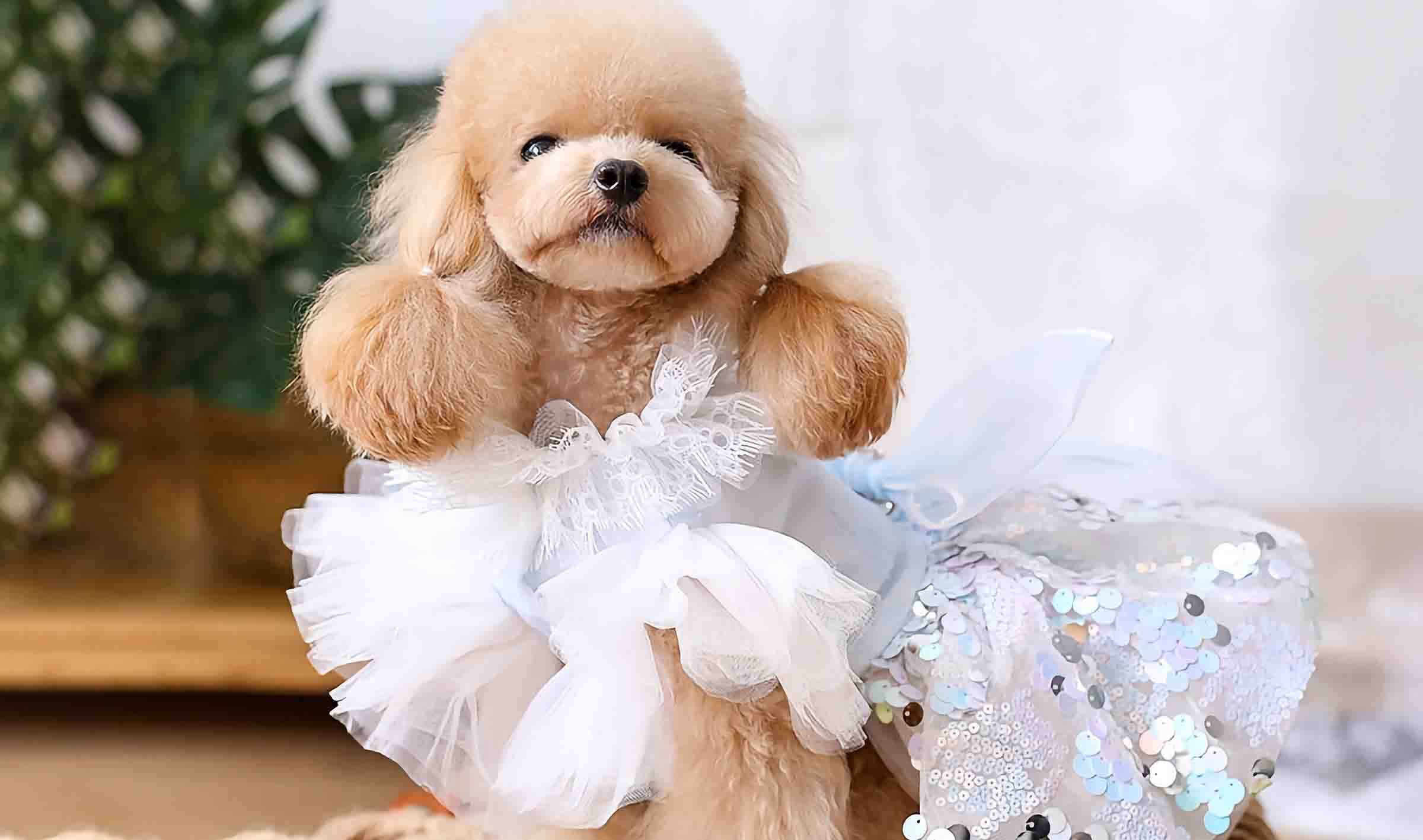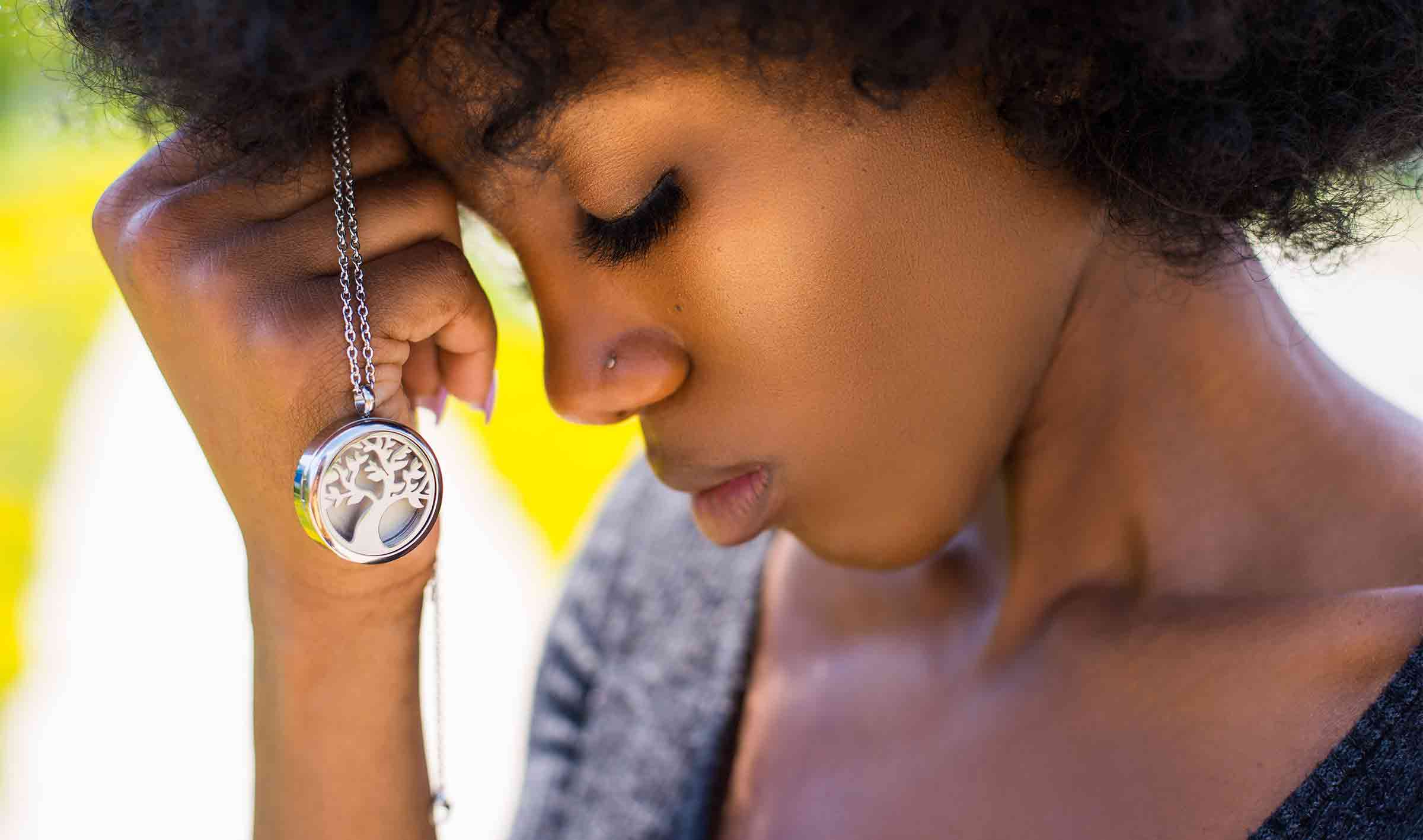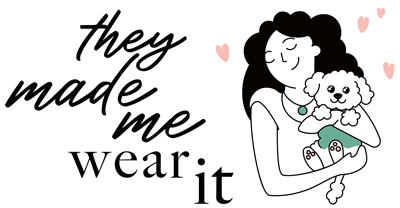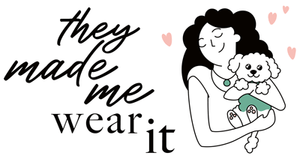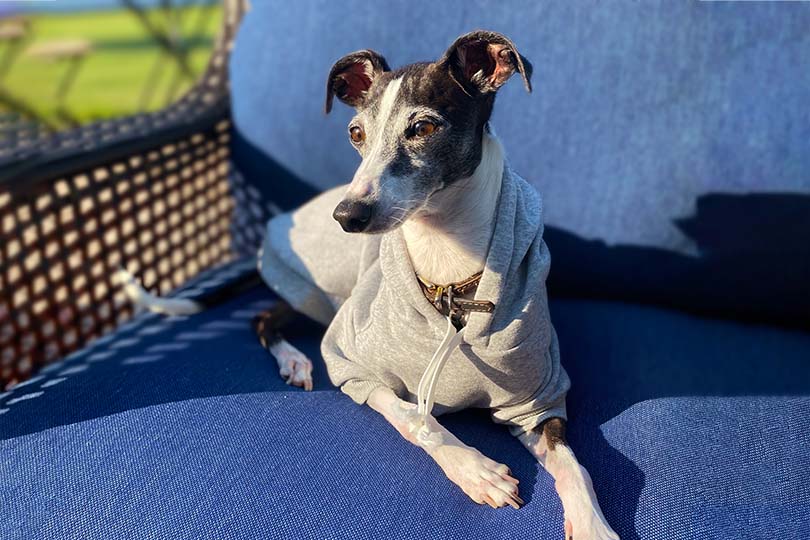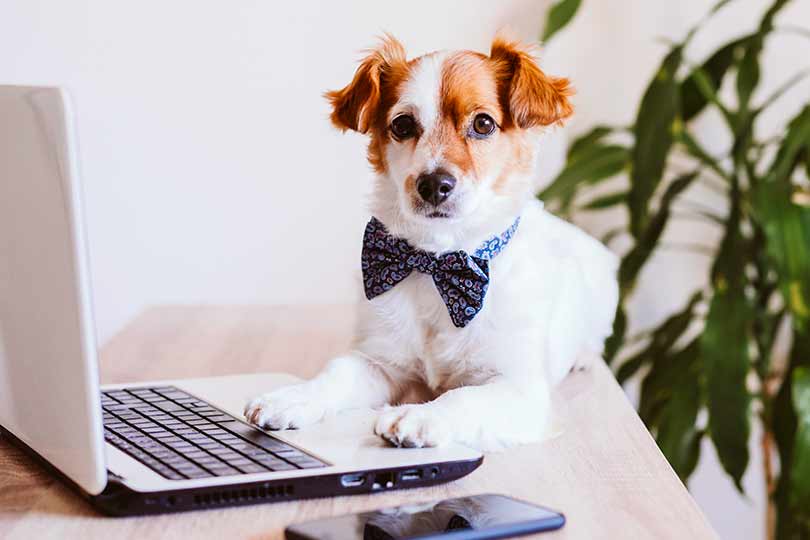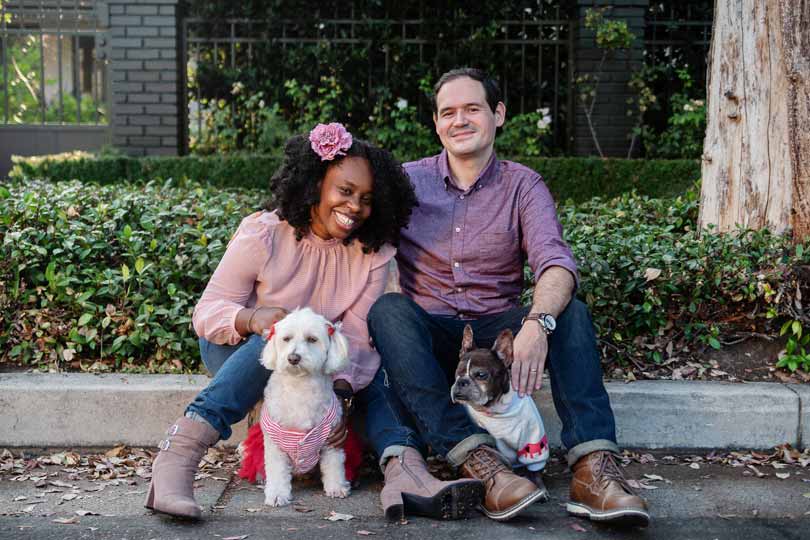A Well-Behaved and Social Canine Companion
Teaching an old dog new tricks isn't impossible; it's a beautiful journey of growth and connection.
Bringing a new dog into your life is a joyous occasion filled with excitement and love. However, with the joys of dog ownership come responsibilities – one of the most crucial being training and socializing your furbaby. Proper training and socialization lay the foundation for a well-behaved, confident, and happy pup. In this comprehensive guide, we will explore essential tips and techniques to help you train and socialize your dog effectively, ensuring a harmonious relationship between you and your four-legged companion.
Scanning through? Jump ahead to specific section:
Start Early: Begin Training and Socialization Your Dog ASAP

The old saying, "You can't teach an old dog new tricks," holds some truth. To ensure your dog's successful training and socialization, start as early as possible. Similar to human children, puppies have a critical developmental period where they are most receptive to learning and adapting to new experiences. Puppies are like sponges during their early developmental stages, making it an ideal time to introduce them to new experiences, sights, sounds, and interactions with people and other animals. Early training and socialization create a well-adjusted and confident adult dog.
This period typically lasts from about 3 weeks to 16 weeks of age, with the most significant sensitivity period occurring between 3 to 12 weeks.
During this early developmental stage, puppies are like sponges, absorbing and processing everything around them. This is the ideal time to introduce them to a wide range of people, animals, environments, sights, and sounds. Early exposure to different stimuli helps puppies develop a positive association with various experiences, reducing the likelihood of fear or anxiety in the future.
Socialization
Socialization is a crucial aspect of a puppy's early development. During this time, puppies learn how to interact with other dogs, people, and the world around them. A well-socialized dog is more likely to be friendly, confident, and comfortable in various situations, making them easier to handle and less likely to exhibit fear-based aggression.
Puppy socialization involves controlled introductions to friendly and vaccinated dogs, meeting people of different ages and appearances, and experiencing various environments like parks, streets, and pet-friendly establishments. The goal is to expose them to as many positive and safe experiences as possible, building their confidence and trust in the world around them.
Obedience Training
Early training establishes the groundwork for obedience and behavior expectations. While puppies may not fully grasp complex commands, starting with basic obedience training like sit, stay, leave it and come helps establish communication between you and your pup. Simple commands and rewards not only help in day-to-day situations to ensure your dog's safety, but also create a positive association with learning, setting the stage for more advanced training as they grow.
Leash Training
A skill every dog should master and a fundamental aspect of dog ownership, as it ensures your dog can walk politely on a leash without pulling or lunging. Use positive reinforcement to reward loose leash walking and discourage pulling. Leash training also fosters a sense of trust and control between you and your dog during walks.
Bite Inhibition
Puppy teeth are sharp, and they tend to explore their surroundings with their mouths. Early socialization with other puppies and dogs helps teach them "bite inhibition," which is the ability to control the force of their bite. Through play and gentle corrections from other dogs, puppies learn to inhibit the pressure of their bites, which is essential for their future interactions with people and other animals.
House Training
Starting house training early helps your puppy learn appropriate bathroom habits. Consistency, patience, and positive reinforcement are essential during this process. By establishing a routine and rewarding your puppy for going outside, they learn that elimination is encouraged outdoors, making the transition to a house-trained dog smoother.
Preventing Behavioral Issues
Addressing potential behavioral issues early on can prevent them from becoming ingrained habits. For example, addressing excessive barking, jumping, or chewing at an early stage can help redirect these behaviors into more acceptable alternatives. Time-outs are an effective way to communicate to your dog that certain behaviors are unacceptable. When your dog engages in undesirable behavior, such as excessive barking or jumping on guests, calmly lead them to a designated "time-out" area, away from stimuli, and wait for a brief period. This teaches your pup that such behavior results in a loss of attention and reinforces the importance of good behavior.
Use Positive Reinforcement: Reward Your Dog's Good Behavior

Positive reinforcement is the key to successful training. Whenever your dog displays good behavior – be it following a command, walking politely on a leash, or greeting others calmly – offer praise, treats, or affection as a reward. Positive reinforcement builds a strong bond between you and your dog, making them eager to please and more receptive to learning.
Teaching Your Dog to Sit on Command
Imagine you are teaching your dog to sit on command. As your dog begins to lower their hindquarters towards the ground, immediately say, "Good sit!" in an enthusiastic and praising tone. Simultaneously, offer them a delicious treat, such as a small piece of their favorite dog treat. The treat serves as the positive reinforcement, reinforcing the desired behavior of sitting. With consistent repetition, your dog will associate the action of sitting with receiving praise and rewards, making them more likely to repeat the behavior in the future.
Where Clothing Meets Function

Interactive
SNUFFLE MATT
This adorable Tropical Bird Dog Costume doubles as a snuffle mat to help turn mealtime into an exciting and enriching activity.
Designed to engage and stimulate your dog's natural instincts, this feeding tool engages their senses and provides mental stimulation. Tap into your dog's primal instincts and watch as they use their nose to search for the hidden treats, pawing and snuffling through the flaps to find their reward.
Encourage Polite Behavior While Walking
During your daily walk, you notice your dog is walking politely on a loose leash by your side. To encourage this behavior, provide immediate positive reinforcement. Praise your pup with phrases like, "Good walking!" or "Nice heel!" and reach down to give them gentle pats or a belly rub, reinforcing their good behavior. Additionally, you can offer them a tasty treat as a reward for walking calmly beside you. By consistently rewarding this behavior, your dog will associate loose leash walking with positive experiences and be more inclined to walk politely during future outings.
Use Clicker Training: Establish Effective Communication
Clicker training is a popular positive reinforcement technique that involves using a clicker device to mark desired behavior, followed by a treat as a reward. The clicker becomes a bridge between the behavior and the reward, providing clear communication to your dog about what behavior earned them the treat. Clicker training is an effective way to establish clear communication and accelerate the learning process.
Consistency is Key: Set Clear Rules and Boundaries for Your Pup

Dogs thrive on routine and consistency. Set clear rules and boundaries from the start and ensure everyone in your household follows them consistently. For example, if you decide that your dog is not allowed on the furniture, stick to this rule without exceptions. Consistency helps your dog understand what is expected of them, leading to better behavior in the long run.
Proper Ways to Set Boundaries
Let's say you've decided that your dog is not allowed on the furniture. To set clear rules and boundaries, be consistent in enforcing this rule from the beginning. Whenever your dog attempts to jump on the couch or bed, use a firm and calm voice to say, "Off" or "No." Redirect them to their designated bed or a comfortable spot on the floor. When your dog complies and stays off the furniture, reward them with praise and a treat. Consistency in enforcing the rule and offering positive reinforcement for following it will help your dog understand the boundary you've set and encourage them to respect it.
You have a new puppy, and you want to establish a routine for bathroom breaks. To set clear rules and boundaries for potty training, take your puppy outside to a designated bathroom spot at regular intervals throughout the day, such as after meals, playtime, and naps. When your puppy eliminates in the appropriate spot, use positive reinforcement by saying, "Good potty!" and offering them a small treat. If your puppy has an accident indoors, avoid punishment and instead redirect them outside to finish. Cleaning up the accident without scolding is essential to avoid associating fear or anxiety with potty training. By setting a consistent bathroom schedule and rewarding proper elimination, your puppy will quickly learn the desired behavior and understand the rules for going potty.
Address Fear and Anxiety with Patience

Addressing your dog's fear and anxiety with patience is essential for creating a safe and supportive environment for your furbaby. Some dogs may display fear or anxiety in certain situations, such as encountering new environments or loud noises. When addressing these issues, remain patient and avoid forcing your dog into uncomfortable situations. Gradually introduce them to the trigger while providing positive reinforcement and support. If fear or anxiety persists, consult a professional dog trainer or behaviorist for guidance.
Recognize the Signs of Fear and Anxiety
Learn to recognize the subtle signs of fear and anxiety in your dog, which may include trembling, panting, hiding, excessive barking, or seeking comfort from you. By understanding their body language, you can respond appropriately and supportively when they are feeling uneasy.
Create a Safe Space
Provide your dog with a safe and quiet space where they can retreat when they feel anxious. This designated "safe spot" can be a cozy corner with their bed and toys, away from loud noises or unfamiliar stimuli. Encourage your dog to use this space whenever they feel stressed, respecting their need for a secure and peaceful environment.
Gradual Desensitization
If your dog is fearful of specific triggers, such as thunderstorms or car rides, implement gradual desensitization techniques. Introduce the trigger at a low and tolerable level, then reward your dog for staying calm. Slowly increase exposure to the trigger over time, ensuring positive experiences and never pushing them beyond their comfort zone. Patience is key during this process, as it may take several sessions for your dog to become more at ease.
Counter-Conditioning
Pair the fearful stimulus with something your dog loves, such as treats or playtime. For example, if your dog is anxious around strangers, have strangers offer treats or engage in a fun game with your pup. This helps create positive associations and reduces their anxiety.
Avoid Punishment
Never punish your dog for displaying fear or anxiety. Punishment can intensify their stress and worsen their fears. Instead, provide reassurance and comfort when they feel scared. Your presence and support are critical for building trust and confidence in your dog.
Seek Professional Help
If your dog's fear and anxiety are severe or challenging to manage, consider seeking the guidance of a professional dog trainer or veterinary behaviorist. These experts can create a personalized behavior modification plan tailored to your dog's specific needs, ensuring a positive and effective approach to overcoming fears.
Be Patient and Understanding
Addressing fear and anxiety in dogs is a gradual process that requires time, patience, and compassion. Avoid rushing or forcing your dog to confront their fears. Instead, allow them to progress at their own pace, celebrating small victories and providing encouragement along the way.
Supervise Your Dog's Interactions with Children and Other Pets

Supervise your dog's interactions with children and other pets, especially during the initial stages of socialization. Teach children how to approach and interact with dogs gently, and ensure that both your dog and the other pet are comfortable and at ease during introductions.
Here are 8 best practices for effective supervision:
- Educate Children on How to Interact: Teach children how to approach and interact with dogs calmly and gently. Emphasize the importance of avoiding sudden movements, loud noises, and not disturbing a dog that is eating, sleeping, or showing signs of discomfort. Encourage children to ask for permission before petting a dog and to avoid pulling on their ears or tail.
- Introduce New Pets Slowly: When introducing a new pet to your dog, do it gradually and in a controlled environment. Keep both animals on a leash or in separate enclosures during the initial introduction. Allow them to sniff each other from a safe distance, and closely monitor their body language for signs of stress or aggression. Slowly increase their time together, always supervising the interactions.
- Observe Body Language: Learn to recognize the body language of both your dog and the other pets. Signs of stress or discomfort in dogs may include lip licking, yawning, avoiding eye contact, or growling. If you notice any of these signs, intervene and separate the pets to avoid potential conflicts.
- Use Positive Reinforcement: Reward your dog for calm and appropriate behavior around children and other pets. Positive reinforcement encourages your dog to associate positive experiences with these interactions, making them more likely to exhibit good behavior in the future.
- Set Boundaries and Safe Zones: Designate specific areas as safe zones where your dog can retreat to if they feel overwhelmed or need a break. Ensure that children and other pets respect these boundaries and avoid bothering your dog when they are in their safe space.
- Never Leave Unsupervised: Never leave your dog alone with small children or other pets, even if your dog has never shown aggression before. Accidents can happen, and it's crucial to be present and attentive to prevent any potential issues.
- Manage Playtime: Monitor playtime between your dog and other pets, especially if there is a significant size or energy difference. Some dogs may become overly excited during play, which can inadvertently lead to unintentional roughness or injuries.
- Seek Professional Guidance: If your dog shows signs of discomfort or aggression during interactions, seek guidance from a professional dog trainer or animal behaviorist. They can help address any behavioral issues and provide guidance on how to create a harmonious environment for everyone involved.
The Takeaway

Training and socializing your dog are essential for creating a harmonious and loving bond between you and your furry companion. With early and consistent training, positive reinforcement, and gradual exposure to new experiences, your pup will grow into a well-mannered, confident, and happy dog. Remember to be patient, celebrate small victories, and seek professional guidance if needed. By investing time and effort into your dog's training and socialization, you'll reap the rewards of a lifelong friendship filled with love, joy, and unforgettable moments.
Until next time, thank you for reading!
